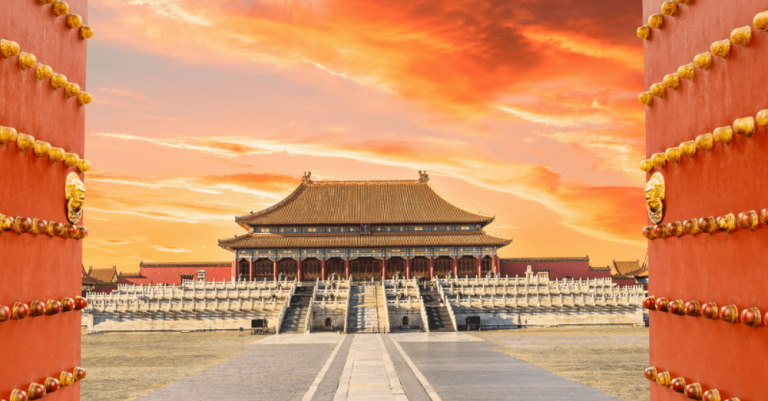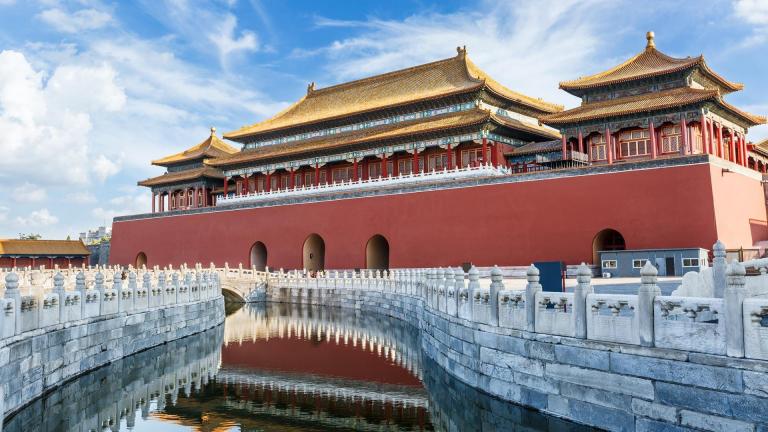The Forbidden City: A History Review
2 min readThe Forbidden City was situated on the Imperial City of the Yuan Dynasty.Upon the establishment of the Ming Dynasty,the Hongwu Emperor moved the capital from Beijing in the north to Nanjing in the south and ordered that the Yuan palaces be burnt down.When his son Zhu Di became the Yongle Emperor,he moved the capital back toBeijing and the construction of the Forbidden City began in 1406.
Construction lasted 14 years and required more than a million workers.Material used included the whole logs of precious Phoebe zhennan wood found in the jungles of south-western China and large blocks of marble from quarries near Beijing.The floors of major halls were paved with“golden bricks”,specially baked paving bricks from Suzhou.

The Forbidden City was the seat of the Ming Dynasty from 1420 to 1644.In 1644,it was captured by rebel forces led by Li Zicheng,who proclaimed himself the emperor of the Shun Dynasty.Soon he fled before the combined armies of former Ming general Wu Sangui and Manchu forces,setting fire to parts of the Forbidden City in the process.By October,the Manchus had achieved supremacy in northern China and a ceremony was held at the Forbidden City to proclaim theyoung Shunzhi Emperor as ruler of all China under the Qing Dynasty.
The Qing rulers changed the names of some principal buildings to emphasize“Harmony”rather than”Supremacy”,made the name plates bilingual(Chinese and Manchu).

In 1860 during the Second Opium War,Anglo-French forces took control of the Forbidden City and occupied it until the end of the war.
In 1900,Empress Dowager Cixi fled from the Forbidden City during the Boxer Rebellion,leaving it to be occupied by forces of the treaty powers until the following year.
After being the home of 24 emperors-14 of the Ming Dynasty and 10 of the Qing Dynasty-the Forbidden City ceased being the political centre of China in 1912 after the abdication of Puyi,the last Emperor of China.Under an agreement with the new government of Republic of China,Puyi remained in the Inner Court,while the Outer Court was given over to public use until he was evicted after a coup in 1924.The Palace Museum was then established in the Forbidden City in 1925.In 1933,the Japanese invasion forced the evacuation of the national treasures in the Forbidden City.Part of the collection was returned at the end of World War II,but some were evacuated to Taiwan in 1948 under orders by Chiang Kai-shek,whose Kuomintang was losing the Chinese Civil War.
The Forbidden City was declareda-World Heritage Site in 1987 by UNESCO.It is currently administered by the Palace Museum,which is carrying out a sixteen-year restoration project to repair and restore all buildings in the Forbidden City to their pre-1912 state.








